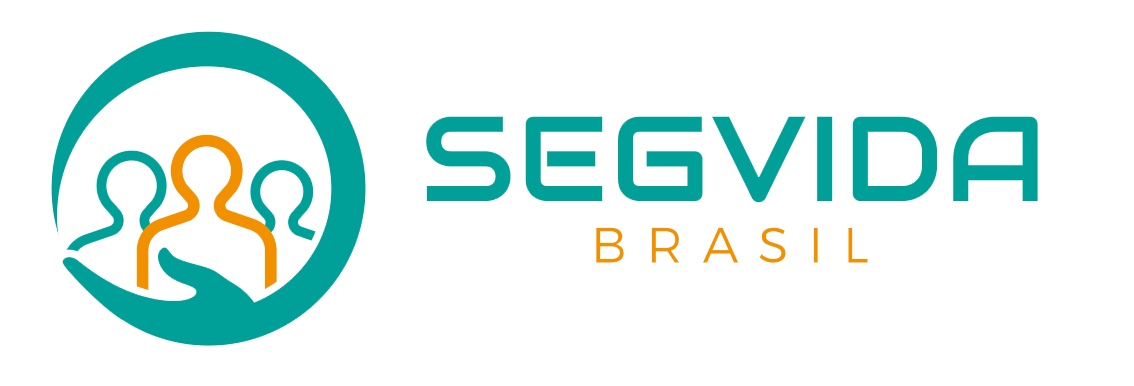Lack of employee engagement can begin as soon as the onboarding process. As the first impression for new hires, onboarding is a crucial moment in the employee lifecycle, contributing to engagement and determining the success of employees. These growth-oriented programs create a value-based company culture, which helps promote loyal and committed employees. Involuntary attrition can create uncertainty and anxiety among employees, impacting overall morale and organizational culture.
Attrition Rate Calculator — Excel Template
Here, we’ll review how to calculate attrition rate of employees, as well as strategies for decreasing attrition. Decreasing attrition can help minimize hiring costs, identify areas of improvement in your workforce planning, and improve your organizational culture. Ultimately, a good attrition rate should align with your organization’s goals, maintain stability, and support the retention of key talent. You should also check for short and long-term attrition and also measure attrition rates of specific groups of employees, like new hires or senior leaders.
These platforms help you recognize employee successes and milestones, such as outstanding performances, birthdays, and anniversaries. These can all improve employee morale and job satisfaction, increasing the likelihood that they will stay with the company longer. Situations like this are also avoidable by planning recruitment around the employee lifecycle. However, some other preventable causes of attrition require urgent attention. Here are a few “worrying” reasons for a high attrition rate that you would want to explore further. In other cases, mismanagement or diminished career development prospects might make certain departments unappealing.
Identify risk factors for employee attrition
- But experts suggest aiming for less than 10% attrition to maintain a stable and productive workforce.
- A lack of revenue means you can’t maintain your current workforce and, therefore, cannot hire replacements for laid-off workers, leading to a high employee attrition rate.
- If the position is no longer relevant, they could wait for the senior employee to retire and eliminate the position rather than retrain other staff or pay severance.
- Unsurprisingly, involuntary attrition is the opposite of voluntary attrition.
- After all, employees are rising and succeeding, and that’s exactly what should happen in thriving companies.
- If you want to check why your attrition is so high and then act upon it, getting measurable data points across every step of an employee’s lifecycle is the way to go.
Team members should be comfortable expressing their ideas and concerns with managers. You may find that while your overall company has low attrition, you have one site losing employees while another site grows, canceling each other out. Hiring outside services to complete work is a growing trend among many businesses to cut costs or avoid having to retain employees with specialized skills. Embracing new business models means that certain roles will change, become irrelevant, or be done away with. Attrition can occur throughout an entire company or just in certain departments or divisions. This typically happens when automation or new technologies replace employees.
For example, your company may have recently restructured and several positions were eliminated. If those positions were not completely necessary nor part of the company’s future plans, employee attrition could be needed and an essential factor for future growth and expansion. Although it is never pleasant to say goodbye to team members, it sometimes comes with organizational change. The plan should be specific, with clear objectives, timelines, and assigned responsibilities to ensure effective implementation. This step is critical because it moves the process from analysis to action, enabling the organization to tackle attrition proactively and improve its overall workforce management.
Include a section that interprets the data, offering explanations for why certain patterns may be occurring. Aside from compensation, job satisfaction also influences whether employees remain or choose to search for another job. People spend a significant amount of their lives at work, so it’s critical to feel fulfilled from performing their jobs. For a deep dive into managing necessary attrition, read our guide to laying off employees. Invest in strengthening the working relationships in your remaining teams around layoffs, for example, with team bonding days and brainstorming sessions. When any employee leaves, but perhaps especially when they leave a role you expect to be challenging to fill, you should always conduct an exit survey or interview.
Your employee retention rate measures the percentage of employees who stay in their roles. As your business evolves, focus on how you can upskill and reskill people. This also benefits your strategic workforce planning and succession planning. Developing employees to fill in your skills gaps means there will be someone who can step in when an experienced employee retires. You can have a lack of continuity, training gaps, and insufficient institutional how to calculate attrition knowledge. It can take a long time to fill positions (especially specialized roles), and if you leave these key positions empty, it can become difficult to fill these positions later.
Use a range of employee listening tools
Employees may have received a promotion or they might be joining another department. To see if employee attrition poses potential problems for your company, it’s not enough to only consider the calculated numbers. Compensation plays a factor in whether an employee remains or chooses to leave for a higher-paying job. Compensation also covers other financial incentives like bonuses, commissions, and annual increases.
After that, apply the attrition rate formula discussed above to find out what the state of attrition is at your organization. If you want to make comparisons to previous time periods, you might need to collect historical data, too. Suppose an organization had 200 employees at the beginning of the year and 30 employees left during the year.
Internal attrition
Tracking attrition rate is helpful to monitor if the number of people leaving is growing or declining so HR teams can improve workforce planning and people management. The changes in attrition rate can signal the management to the root cause(s) of employee exodus. If the turnover at a company is high, it often indicates that a large number of employees are leaving, whether voluntarily or involuntarily. High turnover rates could be a sign of a disengaged workforce, limited growth opportunities, or even poor hiring decisions. Companies will ultimately need to address the root causes in order to control turnover over the long-term.


